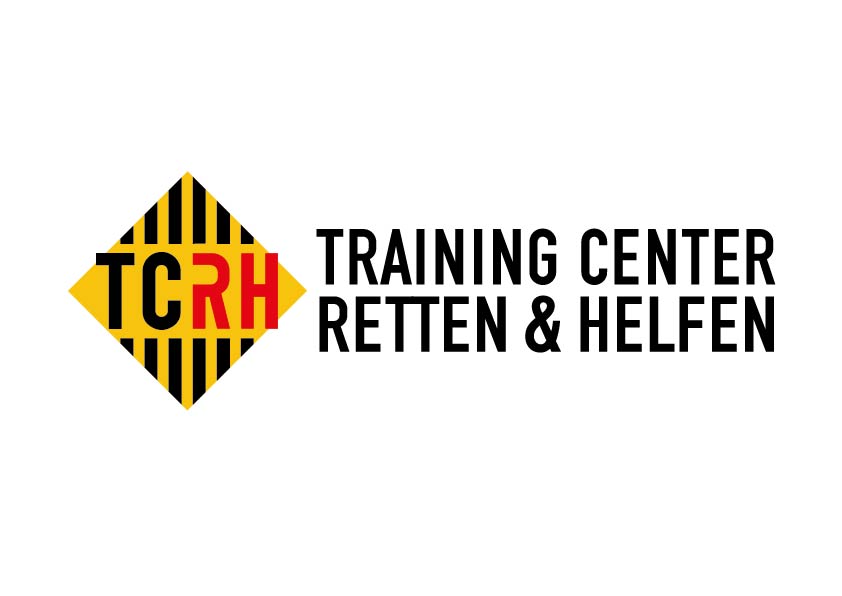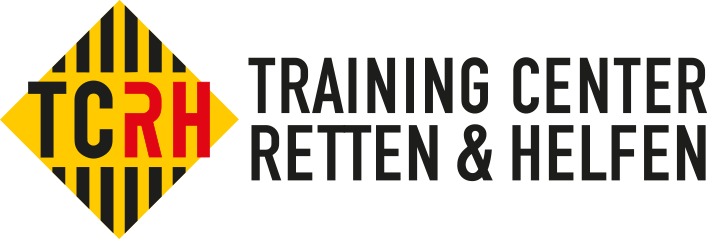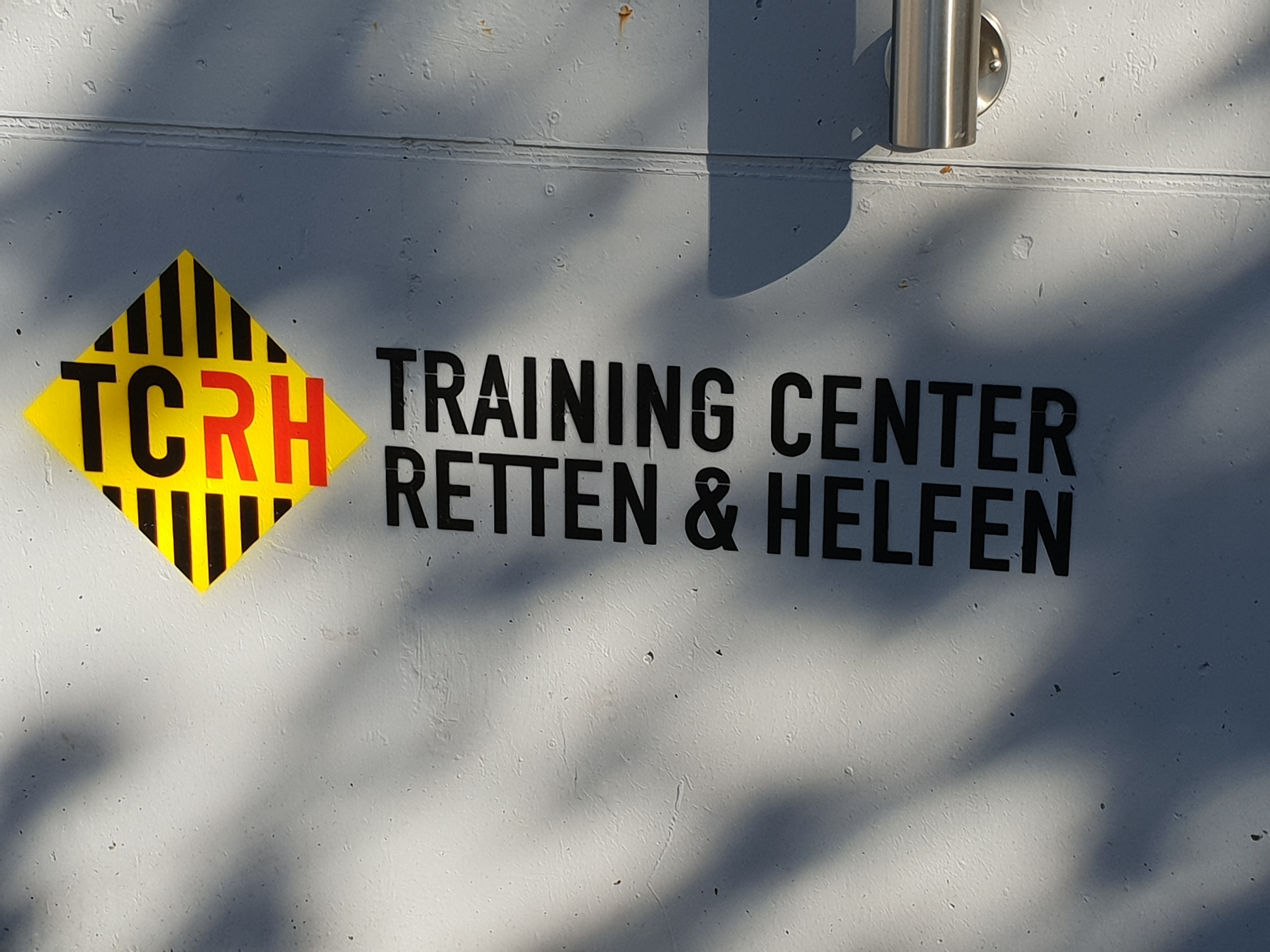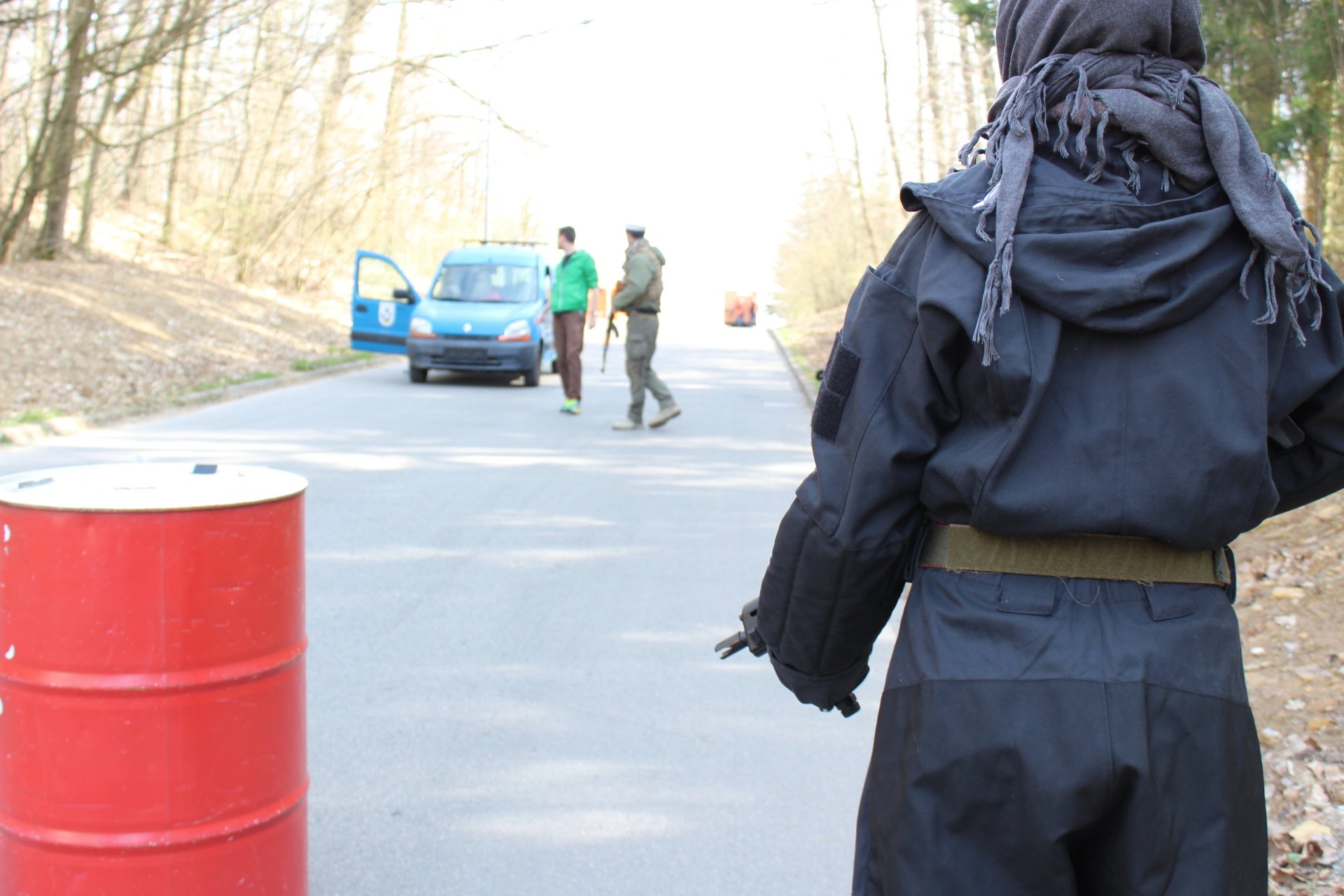Meet & Greet 2.0

In the last few months it could TCRH Mosbach - despite or perhaps even because of the current Corona situation - find further interesting cooperation partners our range of seminars for companies and administrations, as well as clubs and organizations to expand.
On Wednesday, October 13.10.2021th, 15 we will open from XNUMX p.m our doors for a meet & greet and invite you to get to know us – either here directly on site or live via the internet.
Read more


